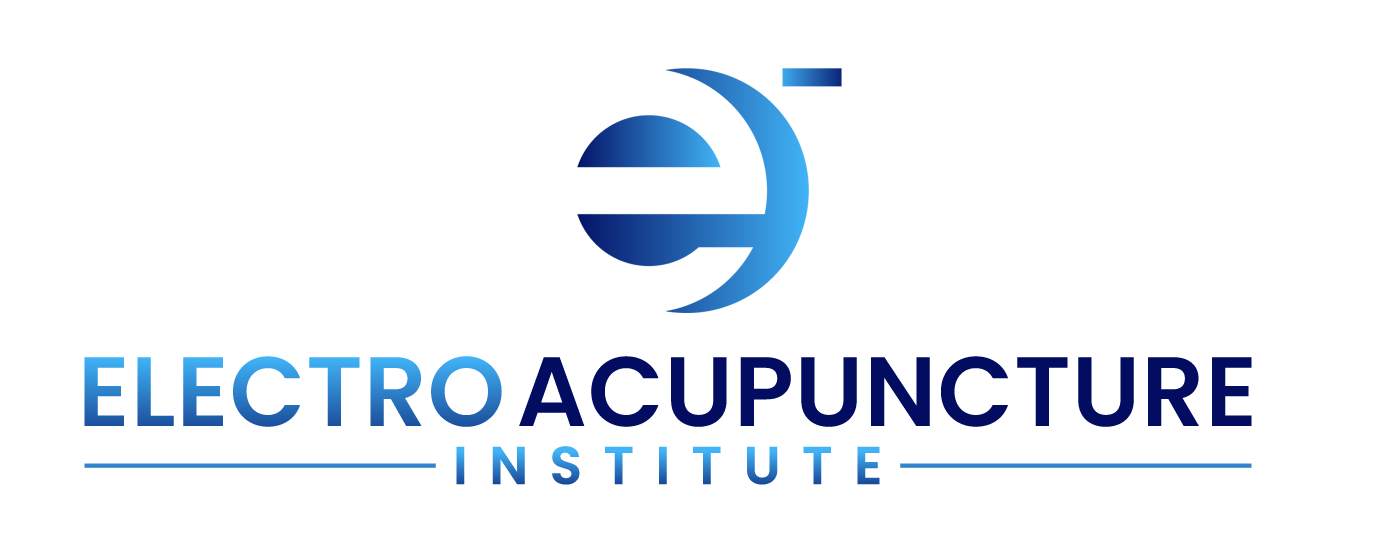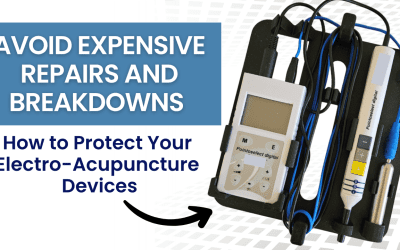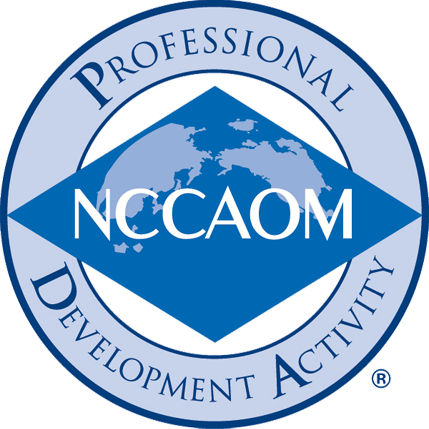Balance Autonomic Nervous System Function Through Effective Needle Placement, Bracketing, and Frequency Selection
Want to know an excellent and easy way to balance the autonomic nervous system?
Watch this short video clip from one of my recently recorded events to see Small Intestine 16 and Triple Energizer 5 In Action.
Remember to download our “Quick Guide For Balancing The Autonomic Nervous System With Si16 and Te5″
Are you ready to begin? I certainly am! Let's dive right into it…
Understanding the Role of the SCM Muscle
In electroacupuncture, it's crucial to understand the role of the SCM muscle as a major parasympathetic muscle. Stimulating this muscle can have significant effects on the autonomic nervous system. Selecting and placing needles at Small Intestine 16 and Triple Energizer 5 is essential to achieve this balance. These points are carefully chosen to stimulate the parasympathetic nervous system, promoting holistic pain management.
Voltage Devices and Frequency Selection
The use of voltage devices and the importance of frequency selection are critical aspects of effective electroacupuncture. When working with lower-voltage devices, it is beneficial to use both carrier and treatment frequencies. For instance, one needle might use a carrier frequency while another uses a treatment frequency. This method allows for effective treatment despite the device's lower power. Selecting the correct frequencies is crucial for achieving the desired therapeutic effects.
Bracketing with Higher Voltage Devices
Using higher voltage devices involves a slightly different approach. The placement of needles and the selection of frequencies can vary. Preferred frequencies for treatment include 73 Hz for turning off sympathetic signaling and 4.6 Hz for beta endorphins and ACTH. Understanding these nuances helps in maximizing the effectiveness of the treatment. Bracketing techniques with higher voltage devices can enhance the overall outcome of the treatment.
Demonstration of Treatment Setup
When setting up the treatment, it is important to select the appropriate frequencies and ensure the patient feels comfortable. Hook up the machine and start the treatment, making sure the patient is at ease throughout the process. Ensuring patient safety and comfort is paramount. Always have a way for the patient to alert the practitioner if they become uncomfortable. This ensures the patient's well-being and the success of the treatment.
Clinical Tips and Safety
Effectively using lower voltage devices involves certain clinical tips, such as using a thumb trick for safe needle placement. This technique helps prevent puncturing sensitive areas, ensuring a safe and effective treatment. Practicing these techniques regularly enhances your skills and enables you to provide better care for your patients. Always prioritize patient safety and comfort, and ensure you are well-versed in the various techniques and frequencies used in electroacupuncture.
Frequency Selection for Optimal Treatment
Frequency selection plays a critical role in electroacupuncture treatments. Different frequencies have different effects on the body, and selecting the right one can enhance the treatment's efficacy. For example, using 73 Hz can help turn off sympathetic signaling, which is useful for patients experiencing sympathetic lockup. On the other hand, 4.6 Hz is beneficial for stimulating beta endorphins and ACTH, which are important for pain relief and reducing inflammation. Knowing and understanding these frequencies allows practitioners to tailor treatments to meet individual patient needs effectively.
Safe Needle Placement Techniques
Ensuring safe needle placement is essential for effective treatment and patient safety. One useful technique is the thumb trick, which helps guide the needle to prevent puncturing sensitive areas. When placing needles around critical points like the SCM muscle, it's essential to be precise and gentle. Using lower voltage devices, practitioners can safely insert needles with a focus on both carrier and treatment frequencies. This dual-frequency approach ensures that the treatment is both comprehensive and effective, providing better outcomes for the patient.
Advanced Bracketing Methods
Advanced bracketing methods involve using multiple needles to create a more effective treatment zone. When using higher voltage devices, practitioners can use fewer needles for each bracket, often just one or two, to cover the targeted area. In contrast, lower voltage devices may require more needles to achieve the same effect. Understanding how to apply these bracketing techniques properly is crucial. It not only improves the effectiveness of the treatment but also ensures that the therapeutic benefits are maximized.
Ensuring Patient Comfort and Monitoring
Patient comfort is a top priority during electroacupuncture treatments. Ensure that the patient is positioned comfortably on the table and monitor them throughout the session. It's essential to provide a way for the patient to alert you if they experience discomfort or adverse effects. This could be through a bell or another signaling device. Regularly checking in with the patient and adjusting the treatment as necessary can prevent discomfort and enhance the overall experience.
Practical Application and Continuous Learning
Applying these techniques in practice requires continuous learning and adaptation. Practitioners should stay updated with the latest advancements in electroacupuncture techniques and integrate new knowledge into their practice. Participating in electro acupuncture classes and workshops can provide valuable hands-on experience and enhance your skills. Sharing knowledge with peers and learning from case studies can also offer new insights and improve your treatment strategies.
Conclusion
Balancing the autonomic nervous system through effective needle placement, bracketing, and frequency selection is a powerful approach in electroacupuncture. By understanding the roles of different muscles like the SCM muscle, using appropriate voltage devices, and ensuring patient safety and comfort, practitioners can deliver more effective treatments. Continuous learning and practice are vital to mastering these techniques and providing the best patient care. By incorporating these methods, you can achieve better outcomes and enhance your practice.
Remember to download “Quick Guide For Balancing The Autonomic Nervous System With Si16 and Te5″
We invite you to visit our website at www.electroacupunctureinstitute.com for a deeper understanding of these concepts and access to additional valuable resources.
Has this journey into how to Balance Autonomic Nervous System Function Through Effective Needle Placement, Bracketing, and Frequency Selection resonated with you?
If so, we encourage you to spread the word amongst peers and loved ones who value the depth and breadth of holistic health practices. Sharing this insight can elevate our approach to health and healing.
Peace and Bliss,
Jeremy B. Steiner, MD, PhD, DAOM
Dive into our guide, “Quick Guide For Balancing The Autonomic Nervous System With Si16 and Te5”
We invite you to visit our website at www.electroacupunctureinstitute.com for a deeper understanding of these concepts and access to additional valuable resources.
Has this journey into how to Balance Autonomic Nervous System Function Through Effective Needle Placement, Bracketing, and Frequency Selection resonated with you? resonated with you? If so, we encourage you to spread the word amongst peers and loved ones who value the depth and breadth of holistic health practices. Sharing this insight can elevate our approach to health and healing.
Peace and Bliss,
Jeremy B. Steiner, MD, PhD, DAOM





